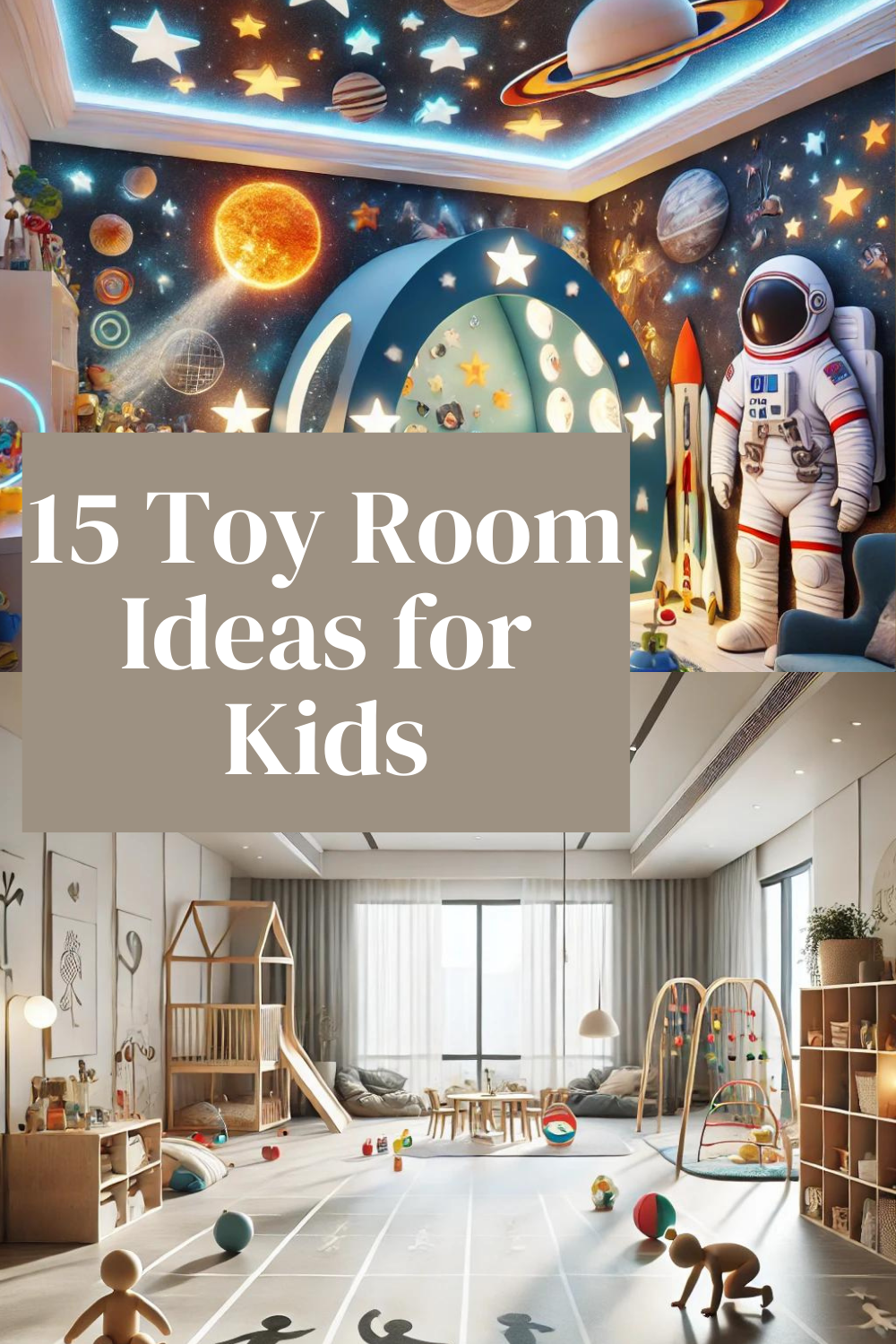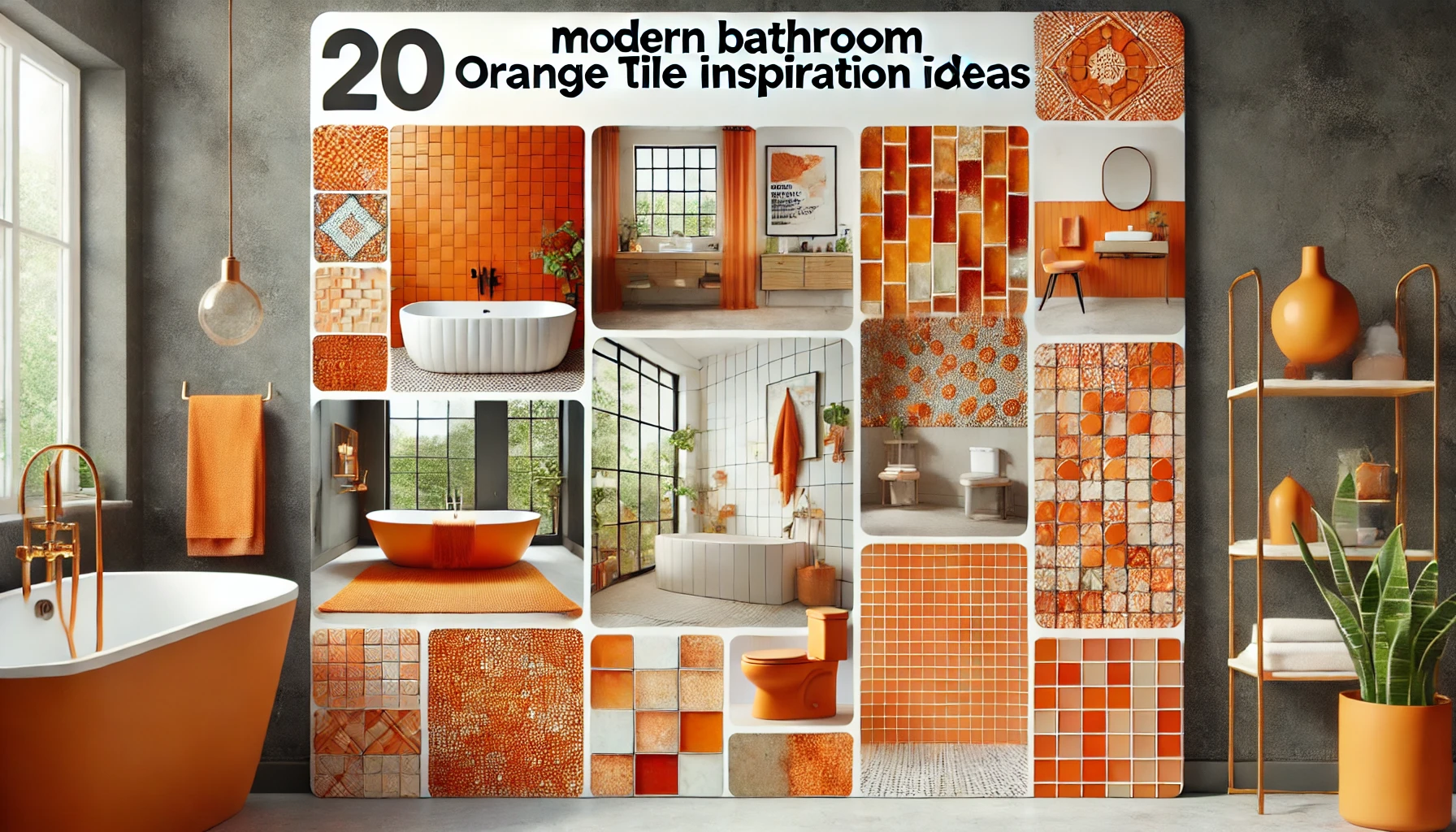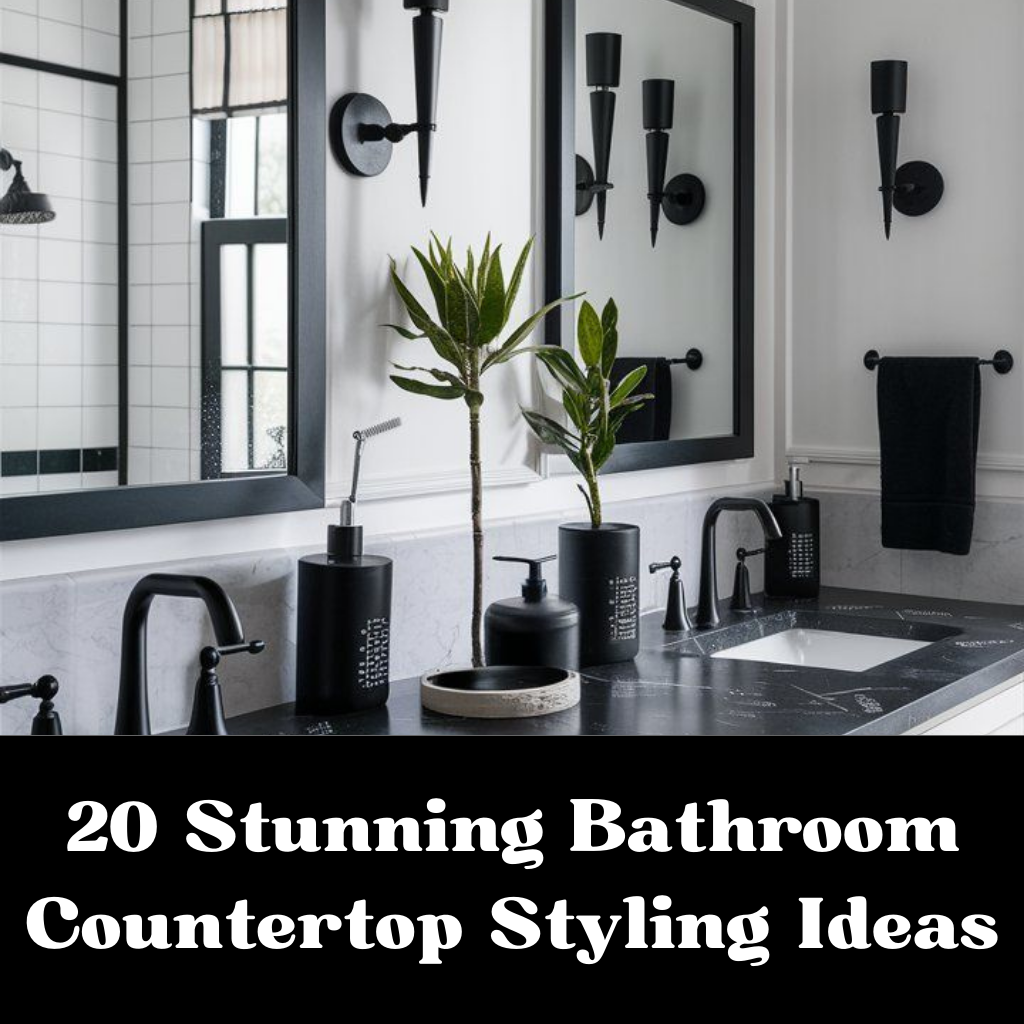As a parent, one of the most delightful yet challenging tasks is creating a space where your child can let their imagination run wild. I remember setting up my kids’ toy room—it was a blend of excitement and a bit of anxiety, hoping to strike the perfect balance between fun, functionality, and, of course, a touch of magic. Whether you’re just starting or looking to revamp an existing space, here are 15 toy room ideas that will not only keep your kids entertained but also make you feel like you’ve stepped into a playful wonderland.
1. Multi-Functional Play Zones
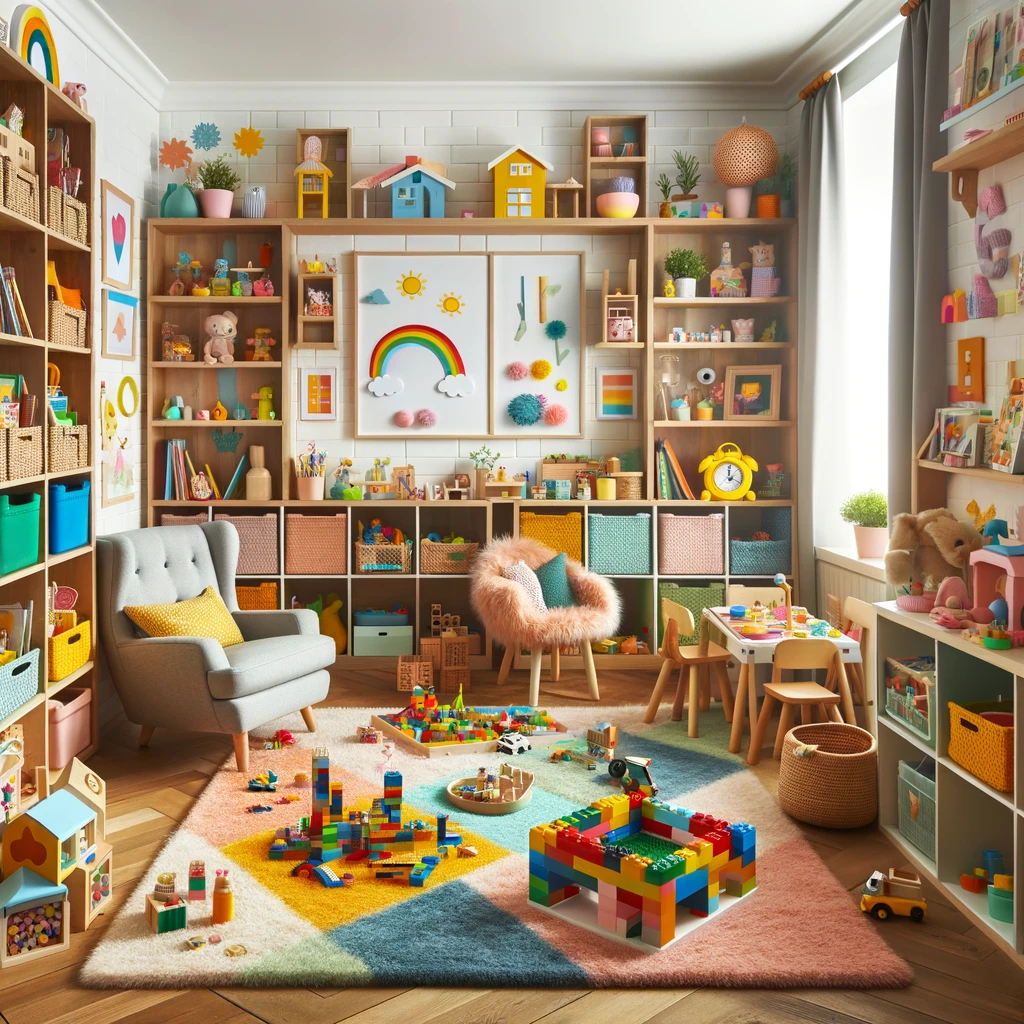
When I was setting up our toy room, one thing I quickly realized was the need for multi-functional spaces. A toy room isn’t just about storing toys; it’s a place where creativity thrives. Create designated areas for different activities—think a cozy reading nook, a building station with blocks and Legos, and an arts and crafts corner. By dividing the modern kid’s room into zones, you’re encouraging different types of play and learning.
2. Interactive Wall Art
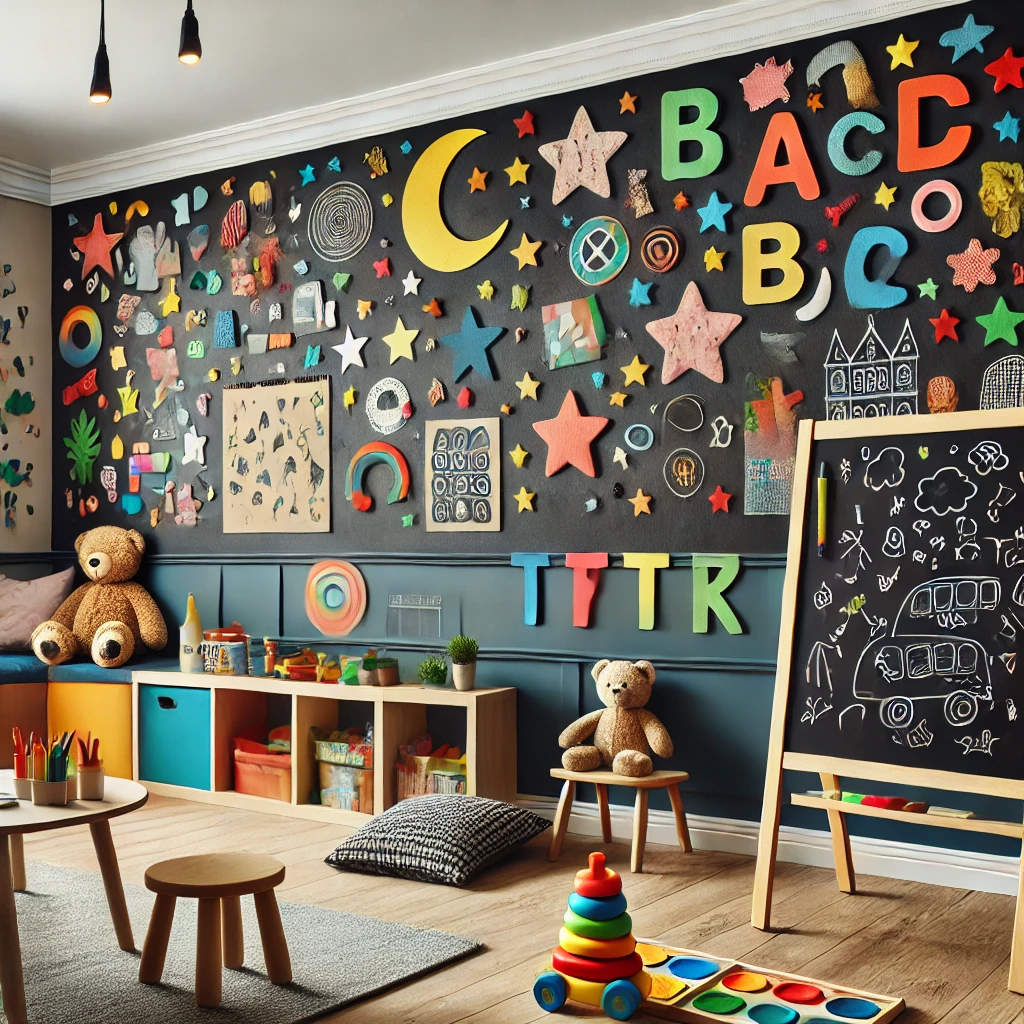
One of my favorite features in our toy room is the interactive wall art. Instead of just hanging pictures, consider chalkboard paint on one wall where kids can draw to their hearts’ content. We even added a magnetic wall where they could stick letters and shapes. These walls not only serve as decoration but also engage kids in activities that boost their creativity and motor skills.
3. Toy Storage That Doubles as Decor
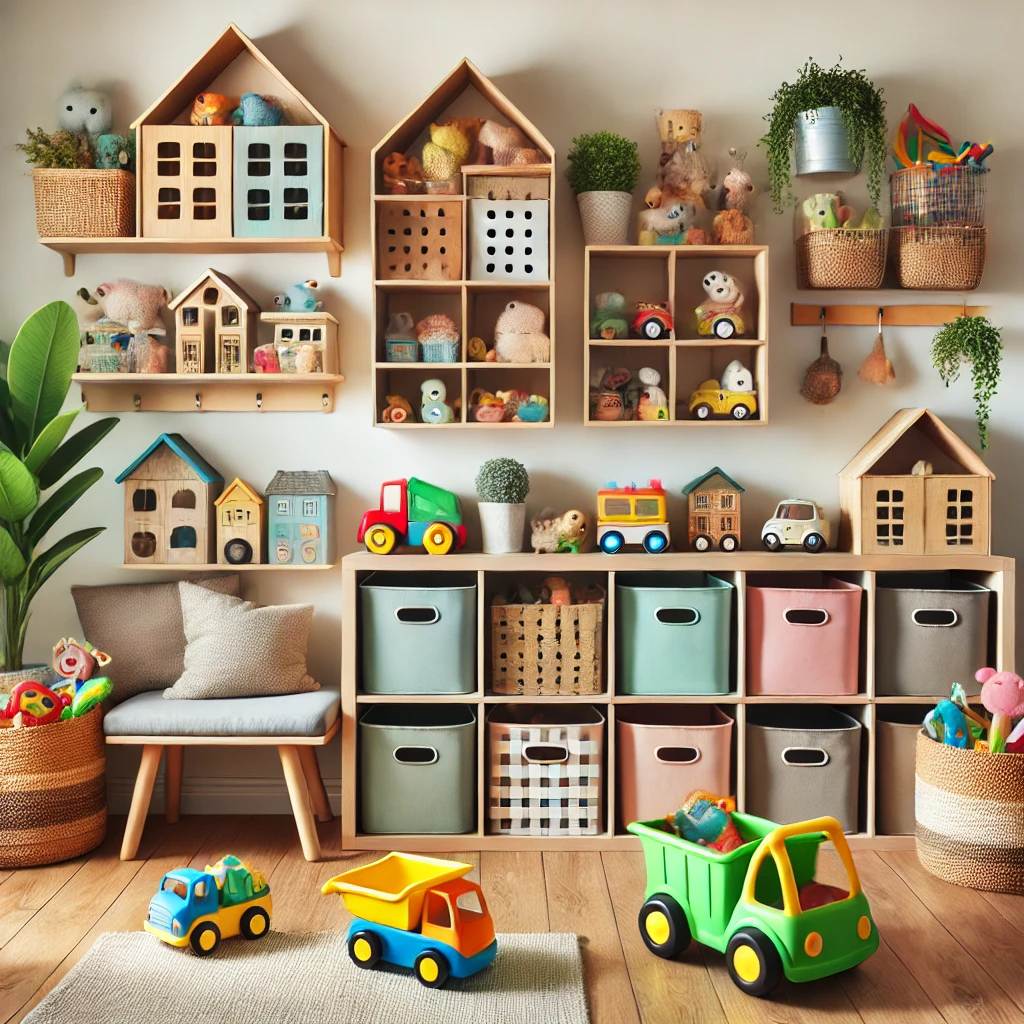
I can’t stress enough how important it is to have good storage solutions. But who says storage can’t be fun? Use open shelving with colorful bins, or opt for a storage bench that doubles as a seating area. We chose a few whimsical storage units shaped like houses and cars—it turned cleanup time into a game, and the room looked fantastic.
4. Themed Rooms for Endless Adventure
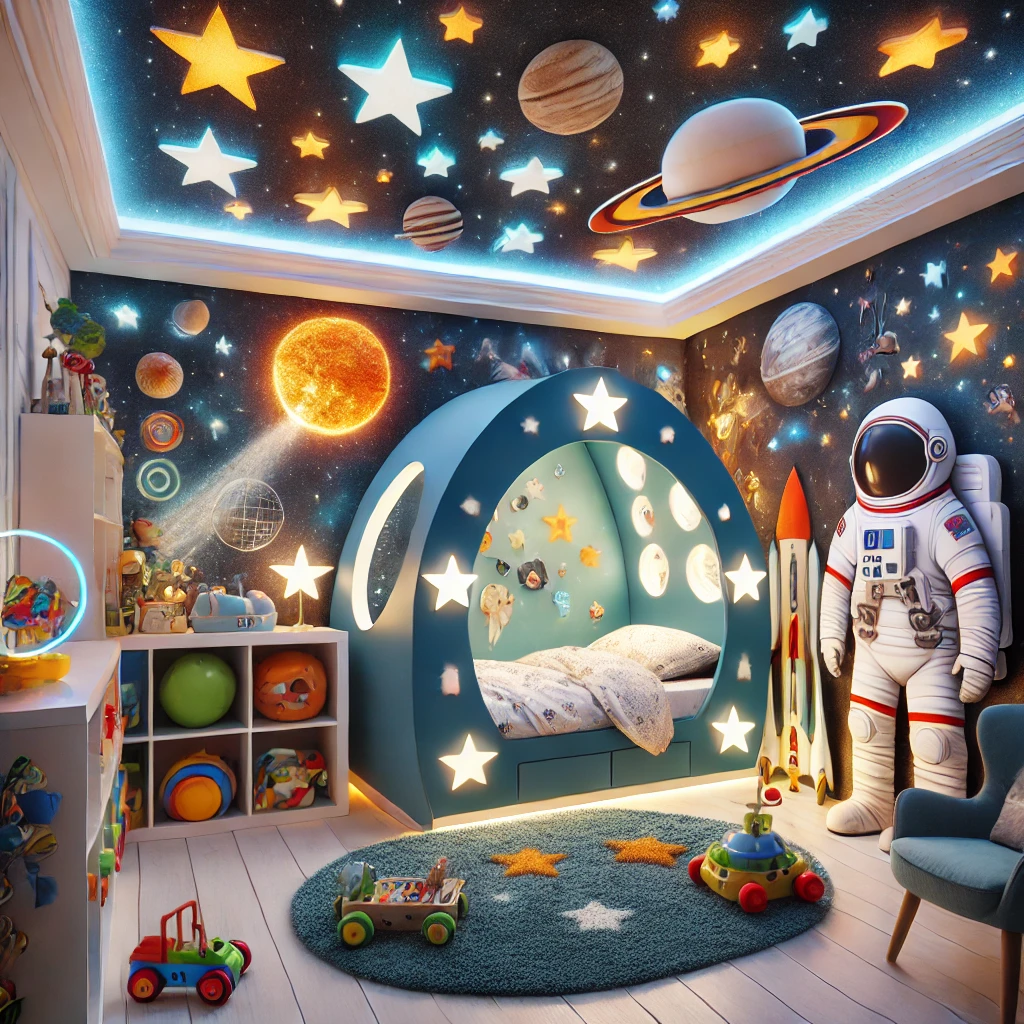
If your child is passionate about something—like space, dinosaurs, or princesses—consider designing the room around that theme. We went all out with a space-themed room, complete with glow-in-the-dark stars and a spaceship reading nook. It transformed the room into a place where my kids could go on adventures without leaving home.
5. Incorporate Learning Stations
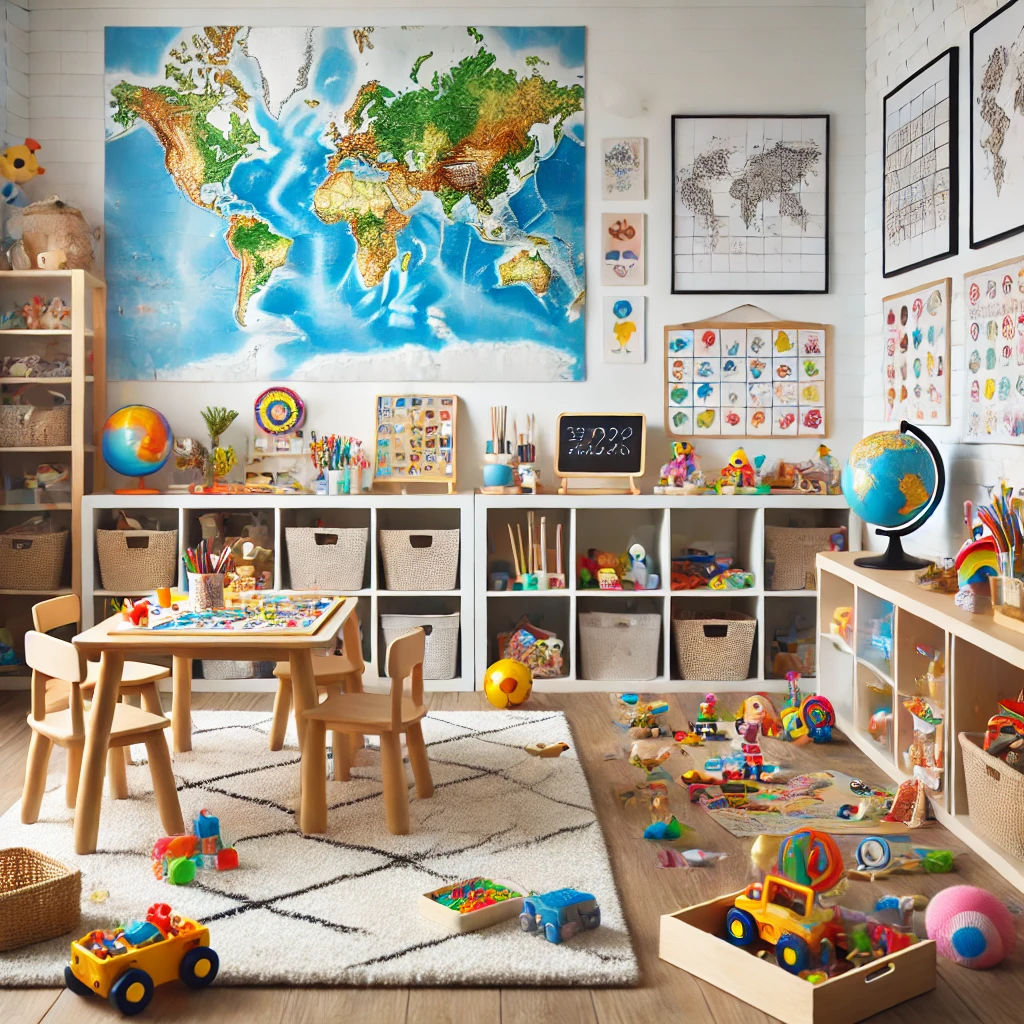
A toy room can be both fun and educational. We added a small desk with an art station, a world map, and a few educational toys. It became a place where my kids could color, learn about new countries, or practice their alphabet while still having fun. It’s all about creating a space where learning feels like play.
6. Cozy Corners for Downtime
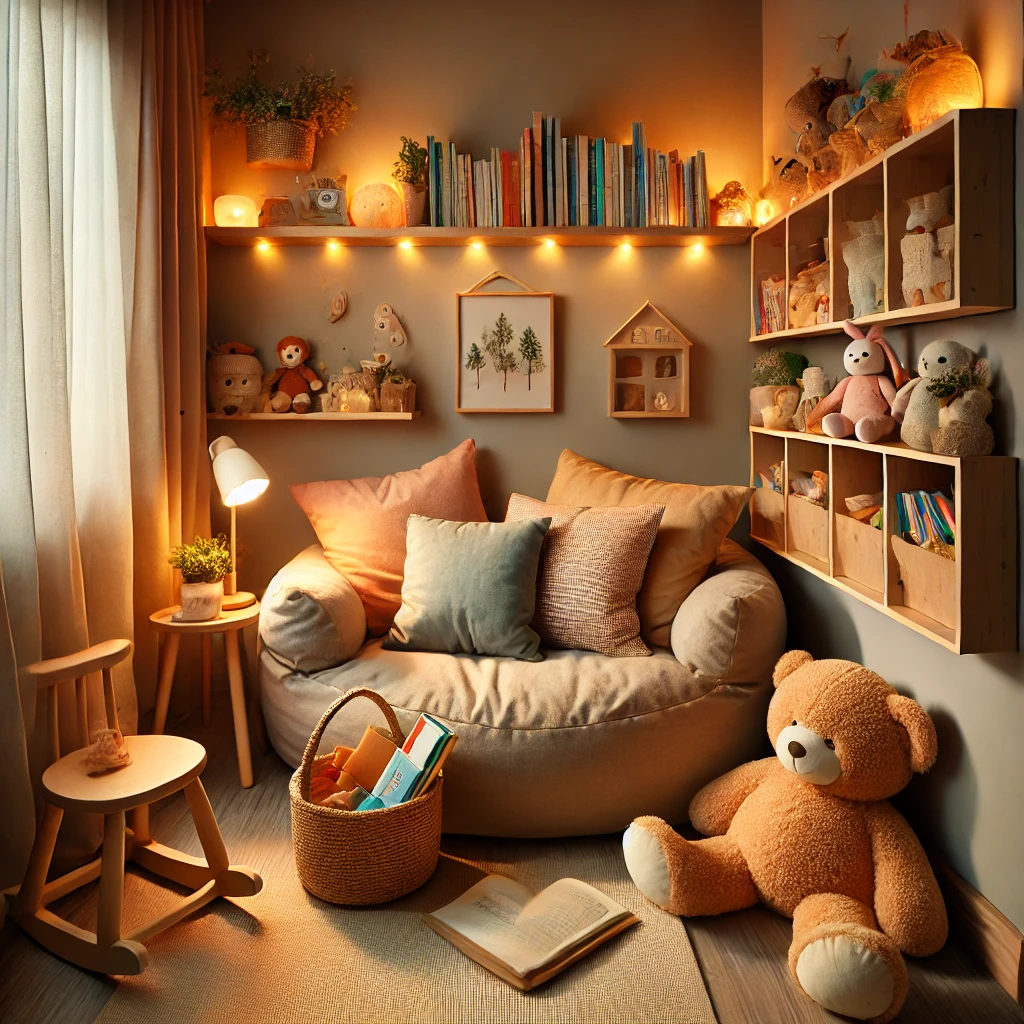
Every active play area needs a spot for some quiet time. I found that a soft, cozy corner with plush cushions and a few favorite books was just what my kids needed after a busy play session. It’s their little retreat where they can relax, read, or just daydream.
7. Incorporate Natural Elements
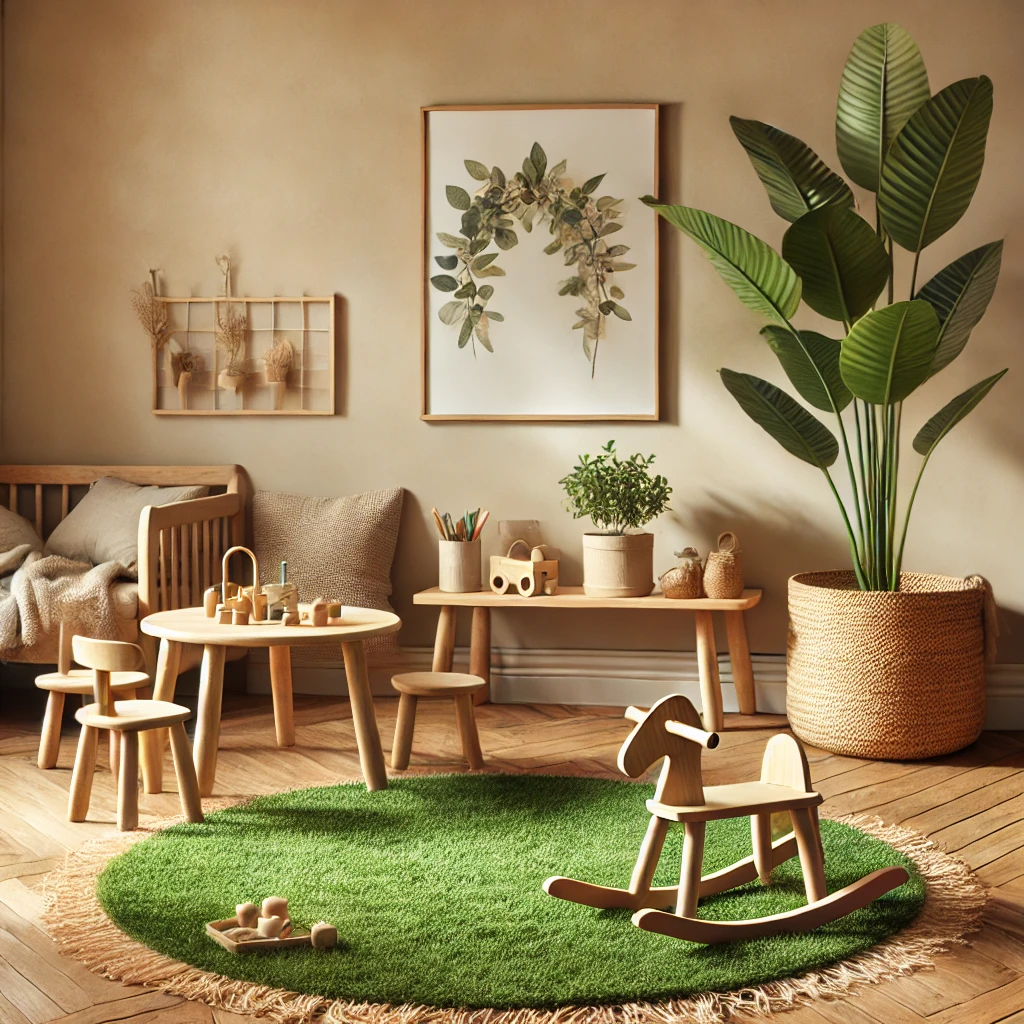
Bringing a bit of nature indoors can make the toy room feel more welcoming. We added a small indoor plant, and a rug that mimicked the look of grass, and the change was amazing. The room felt more grounded and serene, and my kids loved the idea of having their own ‘indoor garden.’
8. Low Tables for Group Play
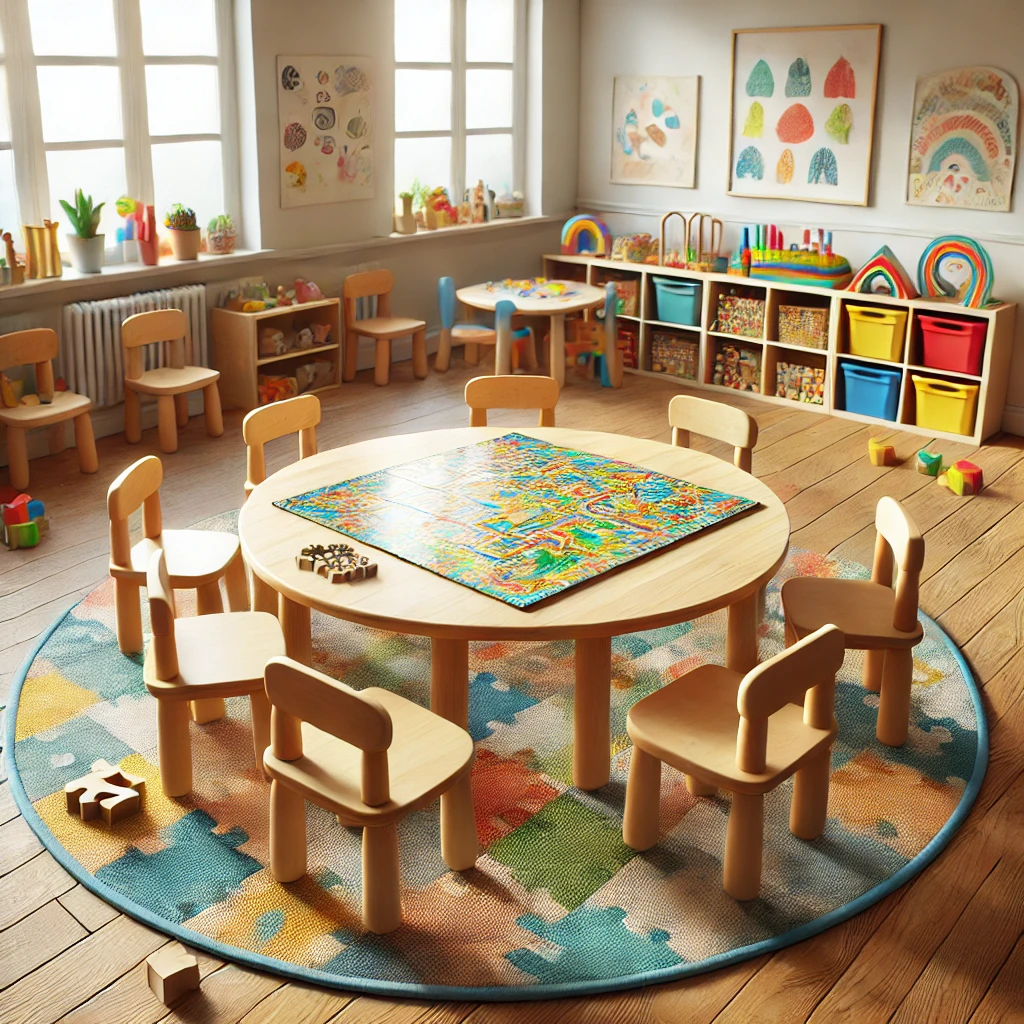
Kids love playing together, and having a low table in the center of the room encourages group activities like puzzles, board games, or building blocks. We chose a sturdy, round table that was safe and spacious enough for all their friends to gather around.
9. Personalized Spaces
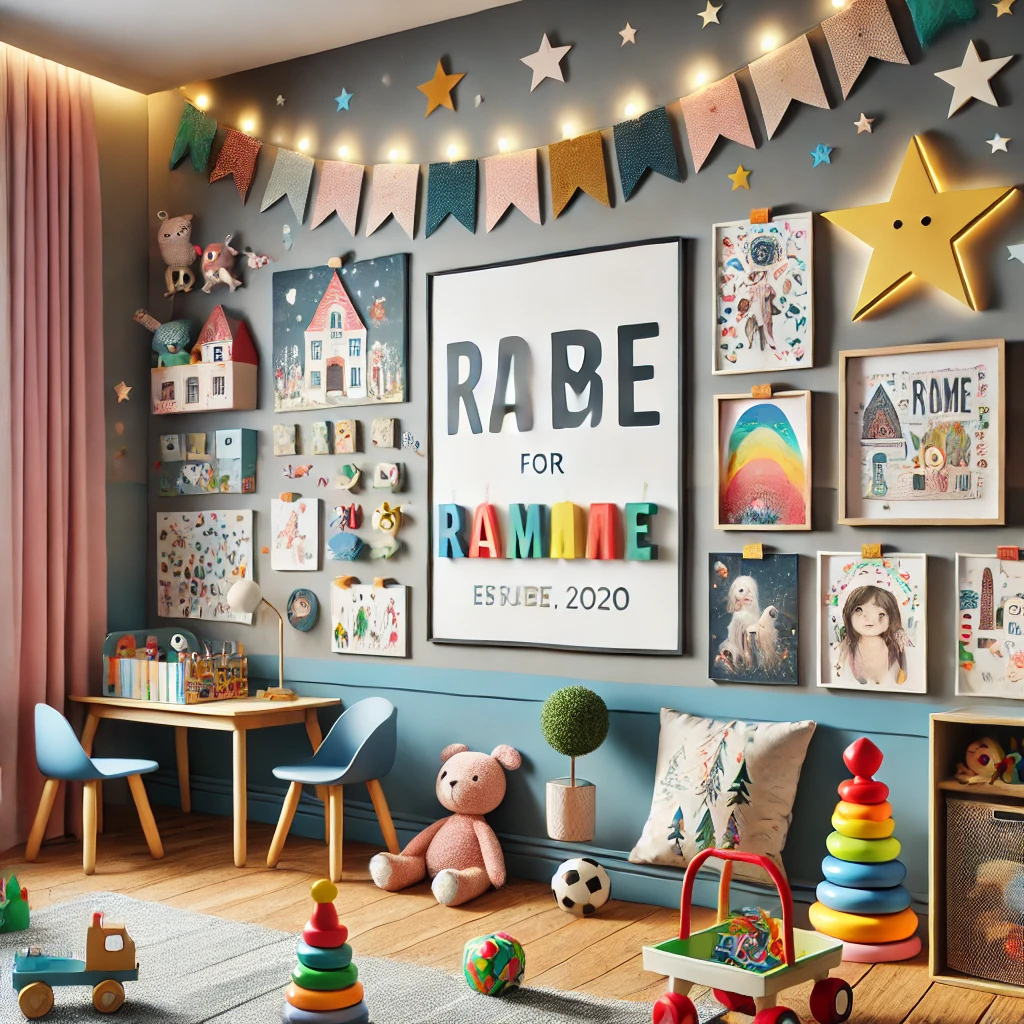
There’s something special about a room that reflects your child’s personality. We included a few custom touches, like a name banner and a wall where my kids could display their own artwork. It made the room feel truly theirs, and they were always excited to spend time there.
10. Bright and Cheerful Color Scheme
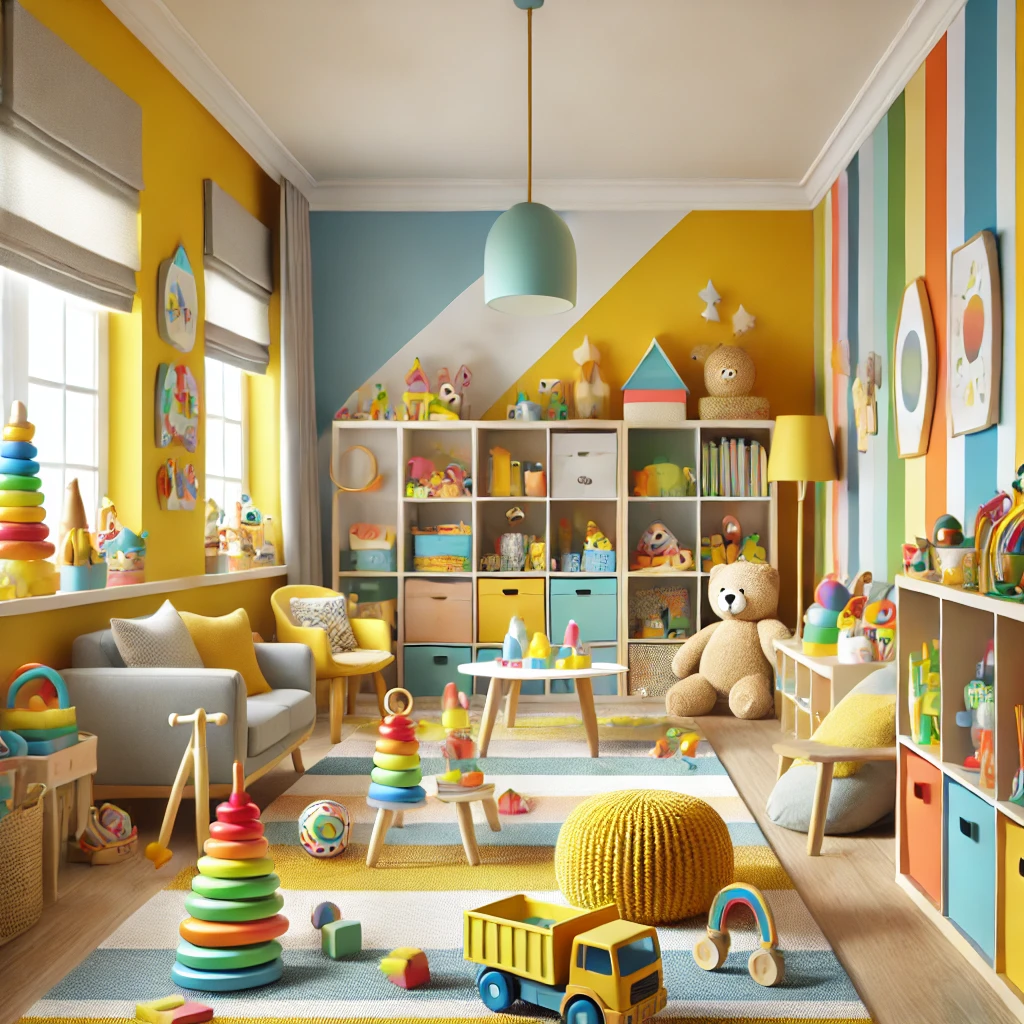
Color plays a huge role in the mood of a room. We opted for bright, happy colors—think yellows, blues, and greens—that made the space feel lively and fun. But we also balanced it with neutral tones to avoid overstimulation. The result was a room that was both energizing and calming.
11. Incorporate Technology Sparingly
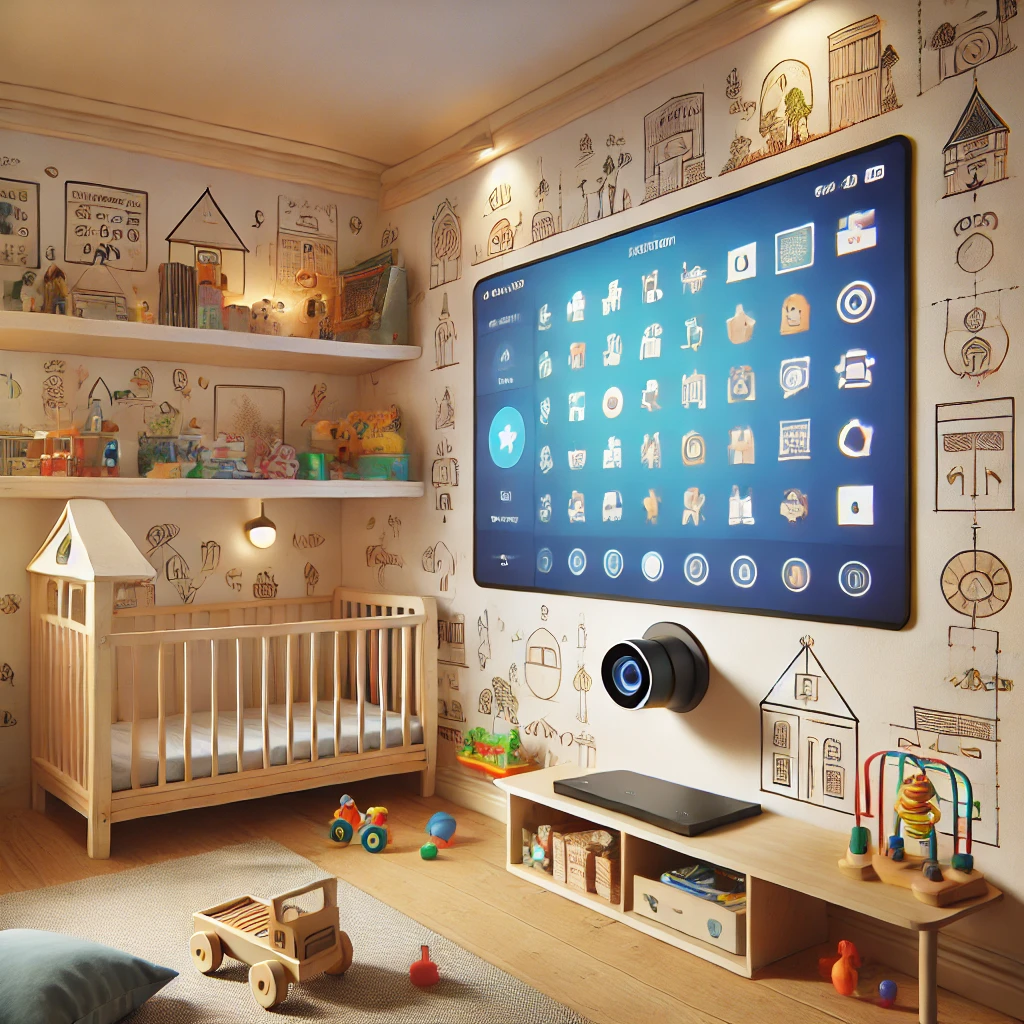
While I’m all for screen-free play, a little technology can add an exciting element to the toy room. We installed a small, interactive projector that could display games or educational content on the wall. The key is to use tech in a way that complements traditional play, rather than replaces it.
12. Use of Open Floor Space
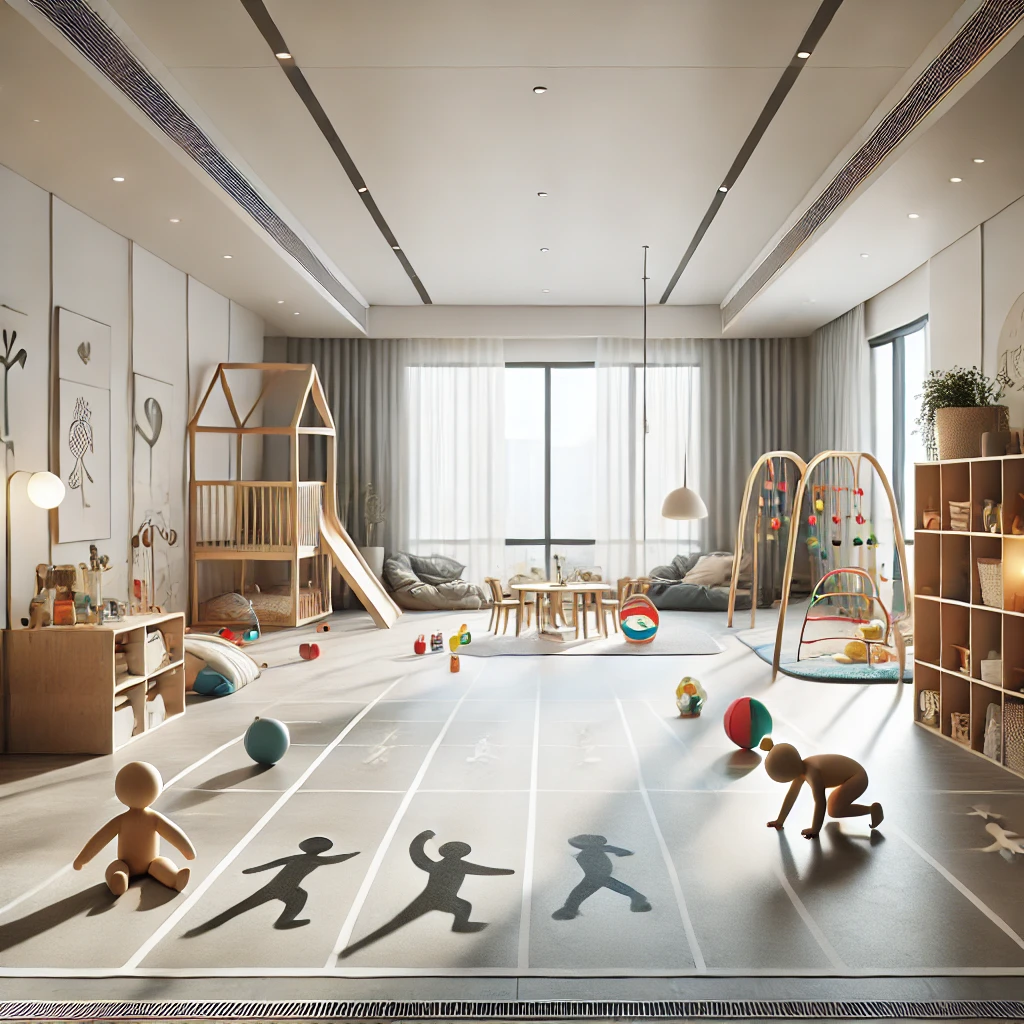
One mistake I made early on was trying to fill every corner with something. But I soon realized the value of open floor space. It gives kids the room to move, dance, and engage in more active play. Now, we have a large open area that serves as a blank canvas for their imaginations.
13. Storage Bins for Easy Cleanup
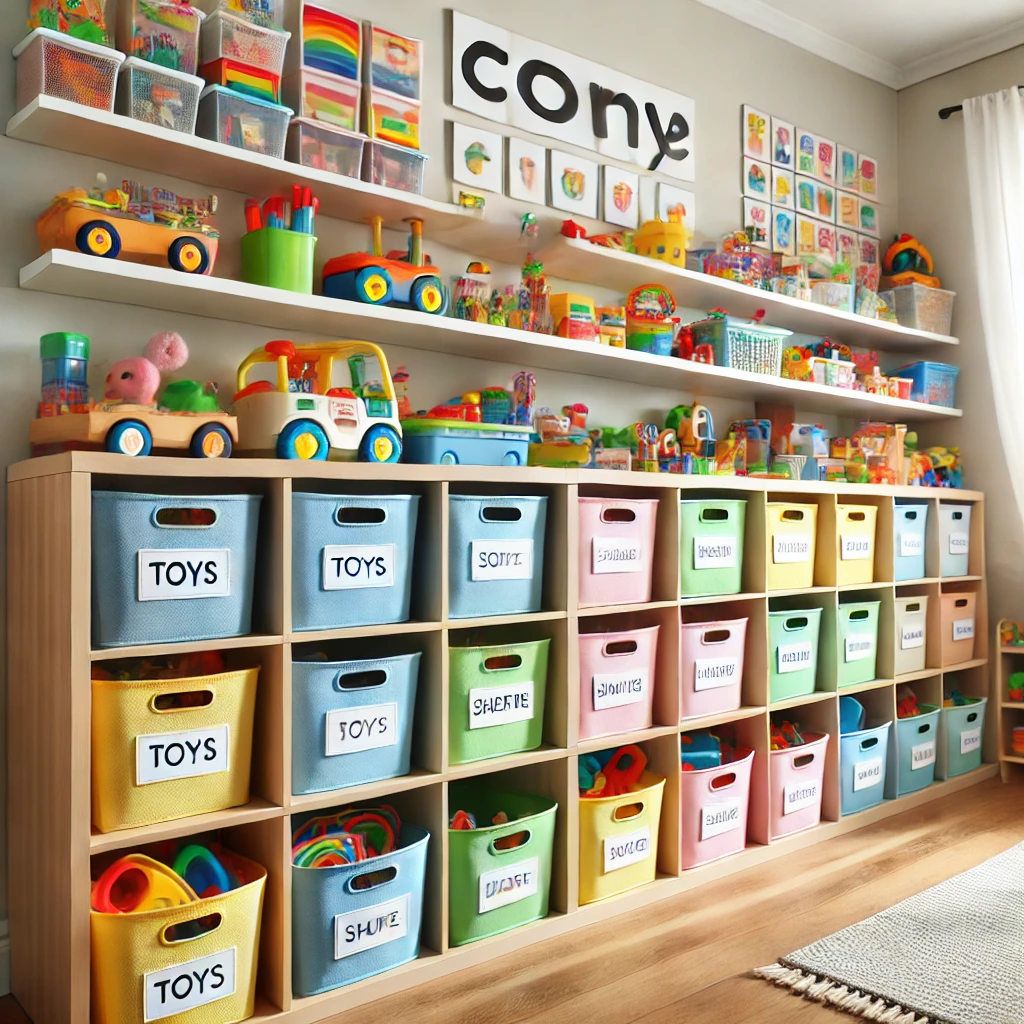
Making cleanup a breeze was a priority for me. I introduced labeled storage bins where everything had its place. It made it easy for my kids to know where things belonged, and surprisingly, they enjoyed the process of tidying up their space.
14. Incorporate Art and Music
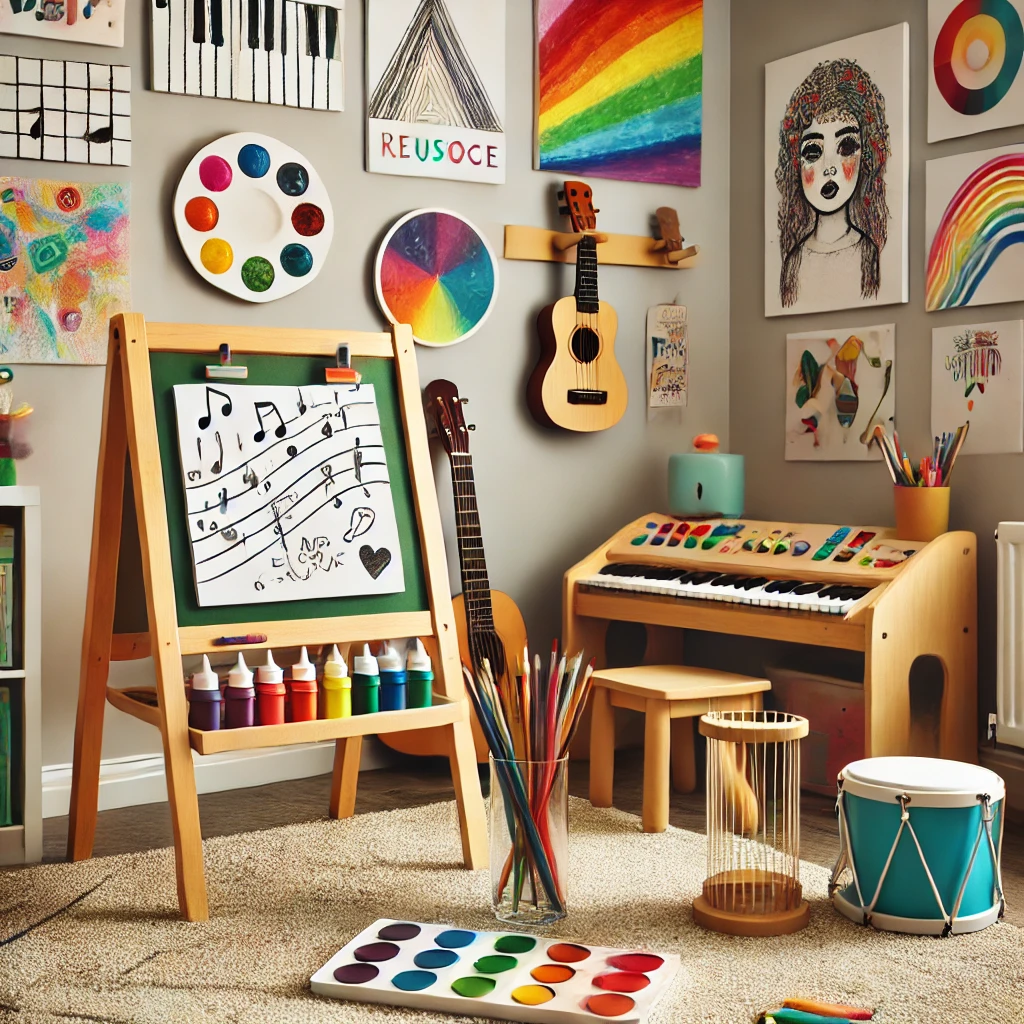
One corner of our toy room is dedicated to art and music. We hung up a few musical instruments and set up an easel with paints and markers. It’s become a favorite spot where my kids can express themselves, whether through a quick doodle or a mini concert.
You can see here USA and French kid’s outfit ideas.
15. A Touch of Whimsy
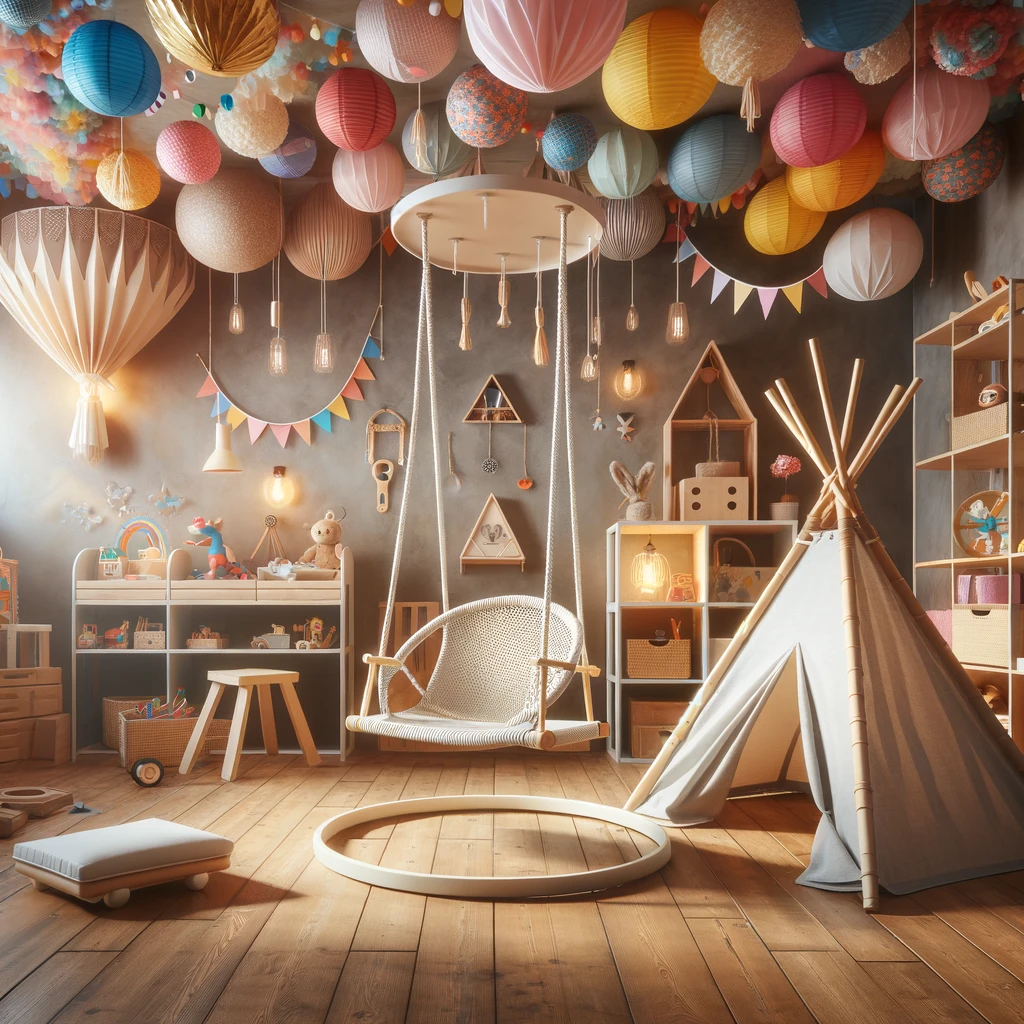
Finally, don’t be afraid to add a little magic to the room. Whether it’s a whimsical light fixture, a teepee, or a ceiling filled with paper lanterns, these little touches can make the toy room feel like a world of its own. We added a small indoor swing, and it’s now the most popular spot in the house!

